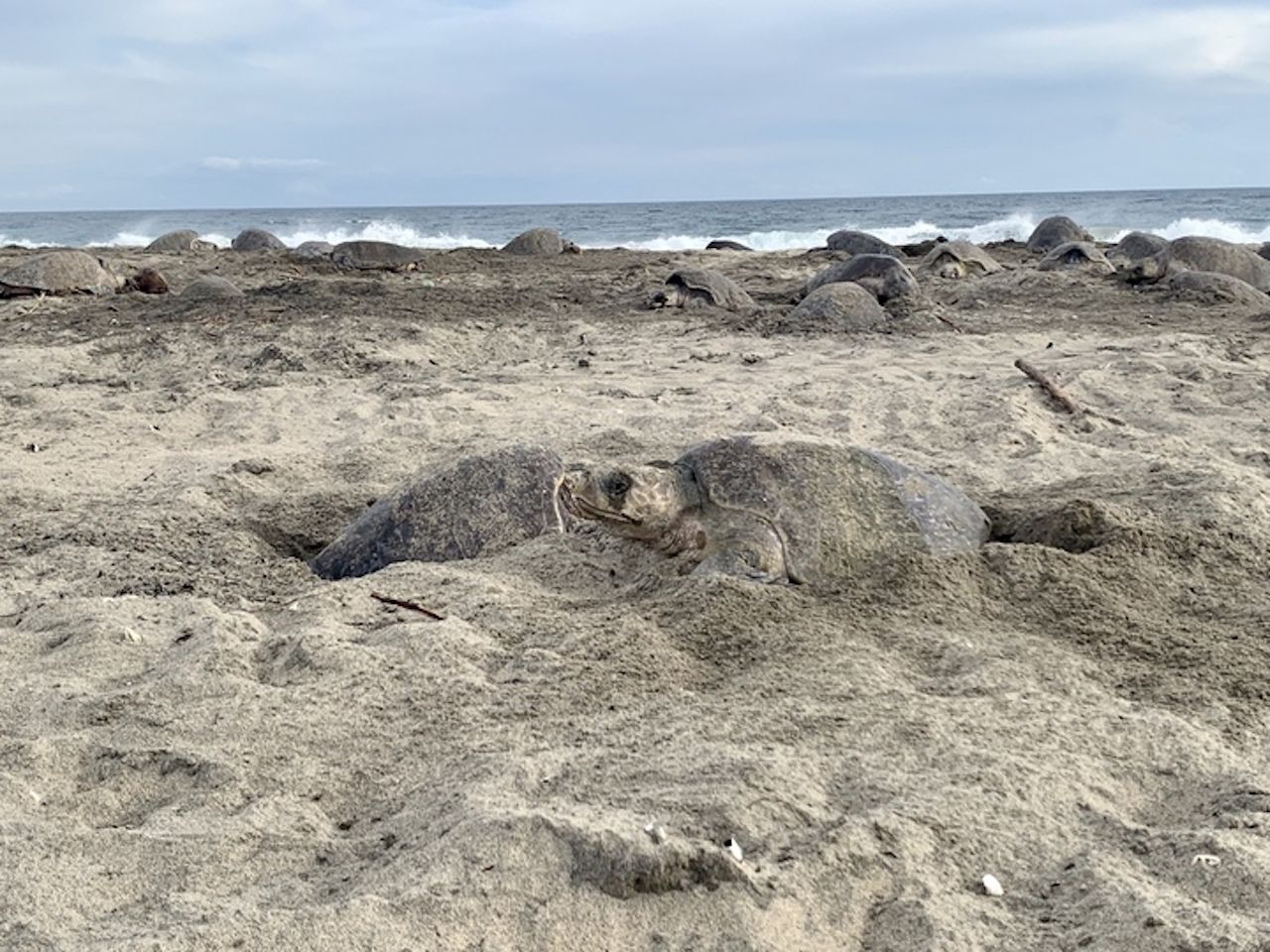In Spanish, the term arribada means “the arrival.” No word better encapsulates the majestic journey undertaken by the threatened Olive Ridley sea turtle to return to its nesting grounds on Escobilla Beach, in the Mexican state of Oaxaca. A 9-mile expanse of wave-pummeled sand on the Pacific Ocean near the popular surf destination of Puerto Escondido, Escobilla Beach is famous among turtle aficionados worldwide. And just my luck, I had arrived in time for one of the largest arribadas of the last few years at one of the top five beaches in the world to experience it.
As I made my way over the ocean ledge that opened onto the wide expanse of Escobilla Beach, I drew in my breath. What appeared to be large boulders covering the entire mass of the beach were actually thousands of female sea turtles in the throes of the intense and beautiful process of beaching themselves to lay hundreds of eggs before returning to the ocean from where they had come — a coordinated mass nesting. You too can experience this. Here’s how.



